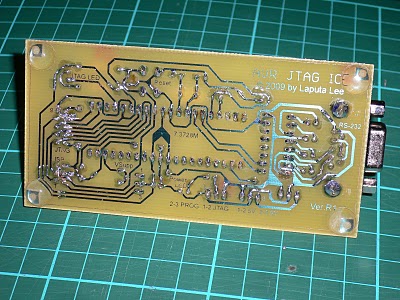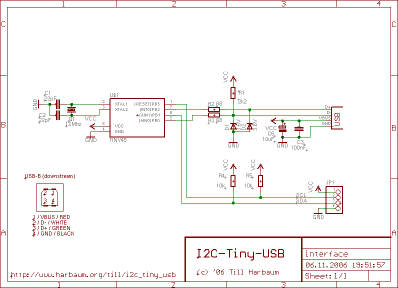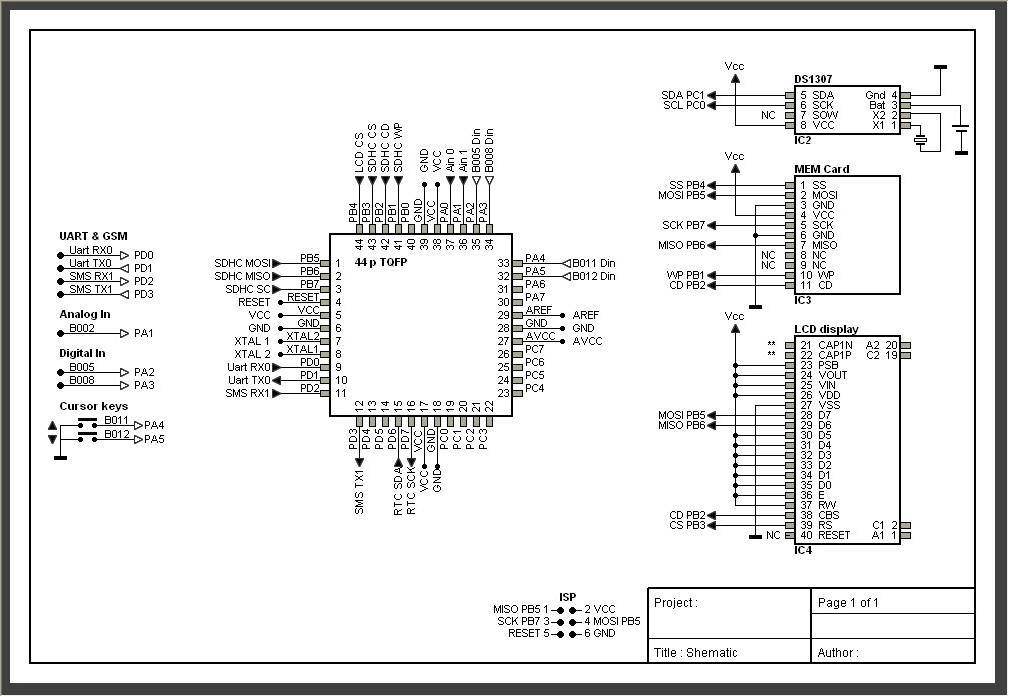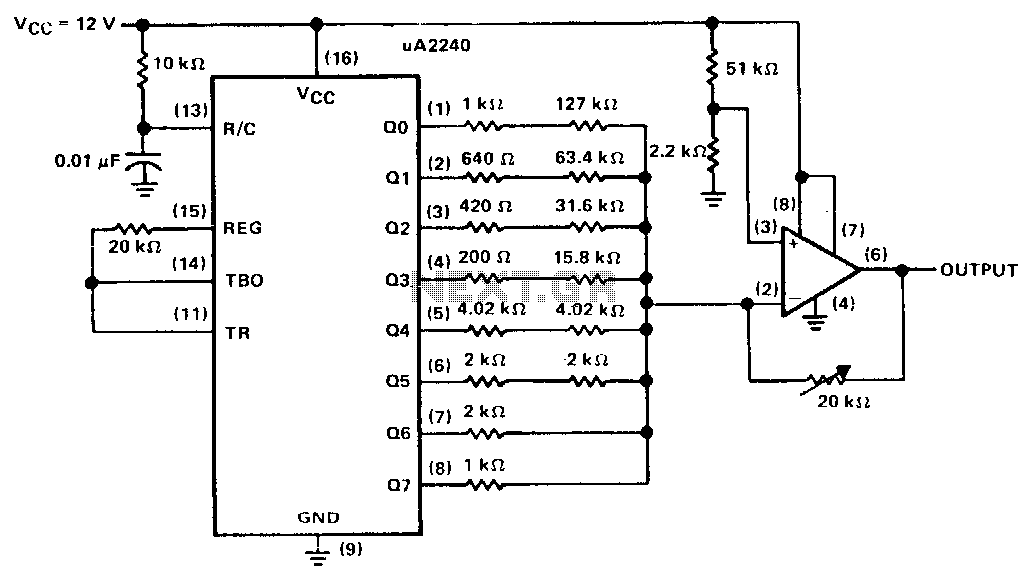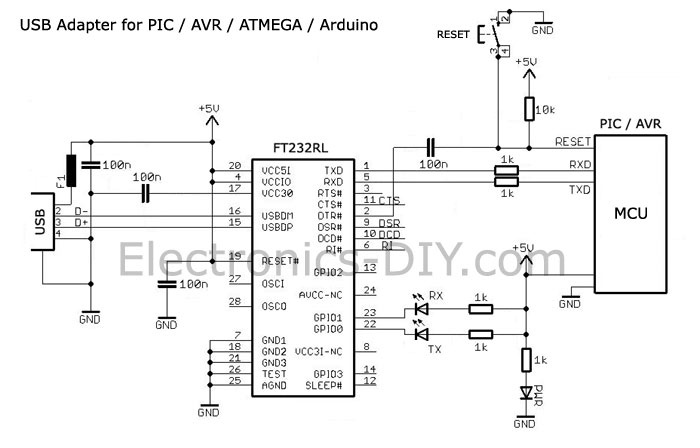
avr case

Bruco Integrated Circuits B.V. - Case: Automotive alternator voltage regulator - Bruco.
The automotive alternator voltage regulator designed by Bruco Integrated Circuits B.V. is a critical component in modern vehicle electrical systems. This device is responsible for regulating the voltage output of the alternator, ensuring that the electrical system operates efficiently and reliably under varying load conditions.
The voltage regulator typically employs a feedback control mechanism to maintain a constant voltage level, usually around 14.4 volts, which is essential for charging the vehicle's battery and powering the electrical components. It monitors the voltage output from the alternator and adjusts the field current to the rotor accordingly, thereby controlling the alternator's output.
The design of the automotive alternator voltage regulator may include features such as over-voltage protection, thermal protection, and fault detection to enhance reliability and safety. It is often housed in a robust casing to withstand the harsh conditions of the automotive environment, including temperature fluctuations, vibrations, and exposure to contaminants.
In terms of electrical connections, the voltage regulator interfaces with the alternator's field winding, the battery, and the vehicle's electrical system. The schematic representation of the circuit would typically include input and output terminals, a control circuit, and protection diodes to prevent reverse voltage conditions.
Overall, the automotive alternator voltage regulator from Bruco Integrated Circuits B.V. plays a vital role in ensuring the optimal performance of automotive electrical systems, contributing to the longevity and reliability of vehicles.Bruco Integrated Circuits B.V. >> Case: Automotive alternator voltage regulator - Bruco.. 🔗 External reference
The automotive alternator voltage regulator designed by Bruco Integrated Circuits B.V. is a critical component in modern vehicle electrical systems. This device is responsible for regulating the voltage output of the alternator, ensuring that the electrical system operates efficiently and reliably under varying load conditions.
The voltage regulator typically employs a feedback control mechanism to maintain a constant voltage level, usually around 14.4 volts, which is essential for charging the vehicle's battery and powering the electrical components. It monitors the voltage output from the alternator and adjusts the field current to the rotor accordingly, thereby controlling the alternator's output.
The design of the automotive alternator voltage regulator may include features such as over-voltage protection, thermal protection, and fault detection to enhance reliability and safety. It is often housed in a robust casing to withstand the harsh conditions of the automotive environment, including temperature fluctuations, vibrations, and exposure to contaminants.
In terms of electrical connections, the voltage regulator interfaces with the alternator's field winding, the battery, and the vehicle's electrical system. The schematic representation of the circuit would typically include input and output terminals, a control circuit, and protection diodes to prevent reverse voltage conditions.
Overall, the automotive alternator voltage regulator from Bruco Integrated Circuits B.V. plays a vital role in ensuring the optimal performance of automotive electrical systems, contributing to the longevity and reliability of vehicles.Bruco Integrated Circuits B.V. >> Case: Automotive alternator voltage regulator - Bruco.. 🔗 External reference
Warning: include(partials/cookie-banner.php): Failed to open stream: Permission denied in /var/www/html/nextgr/view-circuit.php on line 713
Warning: include(): Failed opening 'partials/cookie-banner.php' for inclusion (include_path='.:/usr/share/php') in /var/www/html/nextgr/view-circuit.php on line 713
